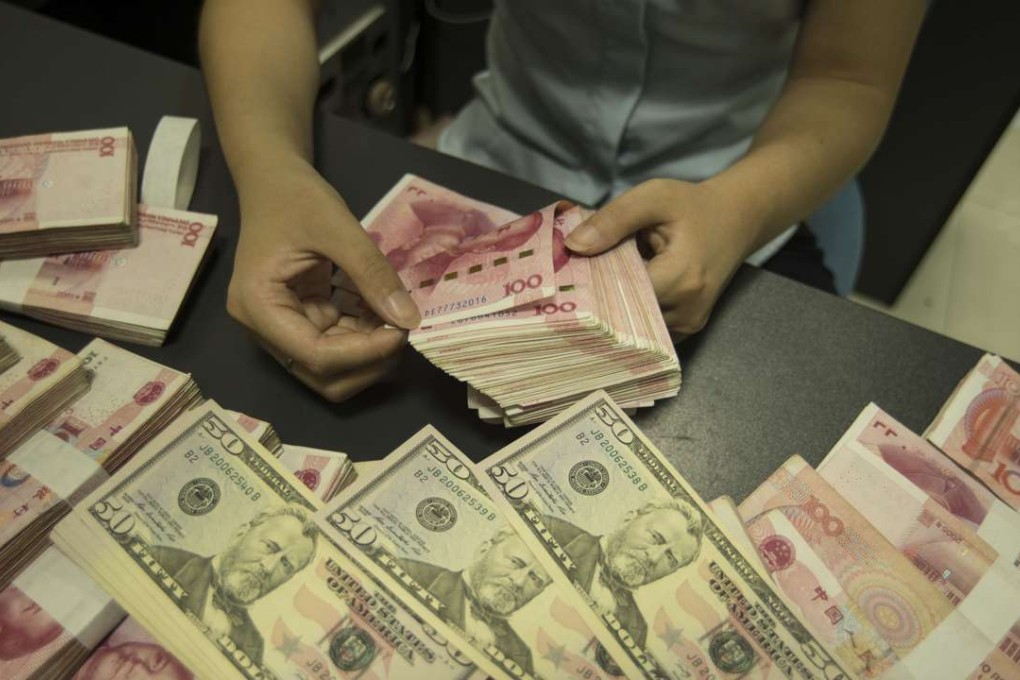Abacus | Why fears of mass capital flight from China are overblown
Forget the apocalyptic predictions – the drawdown in Beijing’s foreign reserves has been misinterpreted

“China’s currency outflows may be bigger than they look,” warned a report in the South China Morning Post earlier this month. The article played into the narrative that has prevailed in financial markets since August last year, when the authorities in Beijing sprung a surprise 2 per cent devaluation of the yuan against the US dollar. According to this narrative, a crisis of confidence in China’s future growth and stability has triggered mass capital flight – capital flight that left unchecked will threaten to precipitate the very Chinese meltdown that financial markets so dread.

It’s a scenario sufficiently compelling that a number of prominent international investors have staked large bets on a deep depreciation of the yuan and on big falls in the prices of Chinese assets. There is, however, another less apocalyptic interpretation of what is going on.

At first glance, the pessimistic view looks reasonable enough. According to this narrative, by mid-2015 Beijing’s longstanding policy of keeping the yuan stable against the US currency had begun to carry a heavy cost. As the US dollar appreciated by some 20 per cent against other developed world currencies over the second half of 2014 and the early months of 2015, so the yuan strengthened too.
Markets divided on yuan’s direction
This gain made Chinese goods more expensive in world markets, eroding the competitiveness of China’s exporters. The result was a year-on-year decline in Chinese exports that threatened to exacerbate the ongoing slowdown in domestic investment, jeopardising the economy’s overall growth rate.

